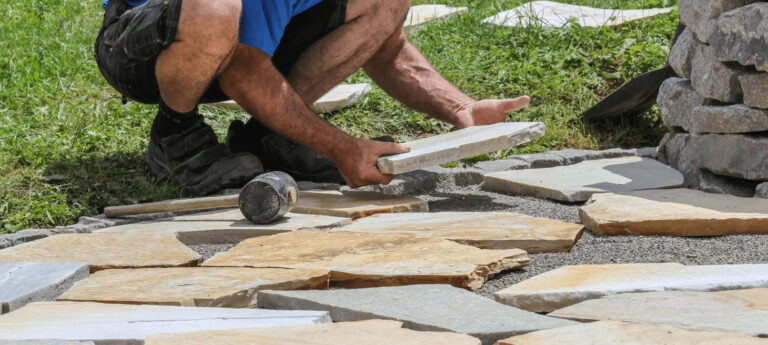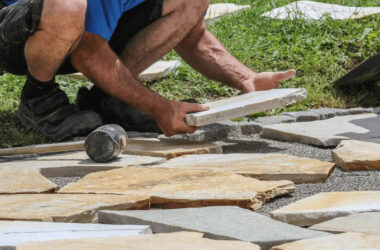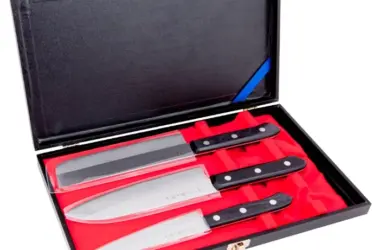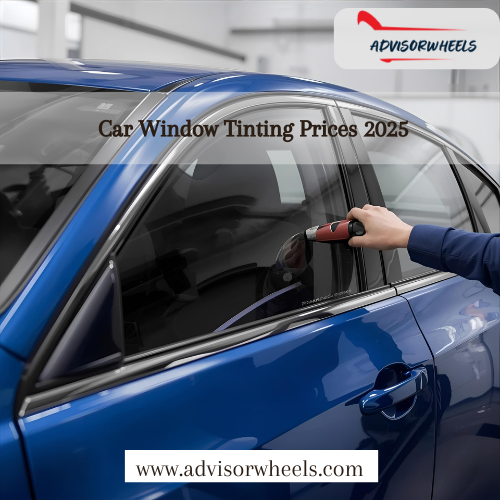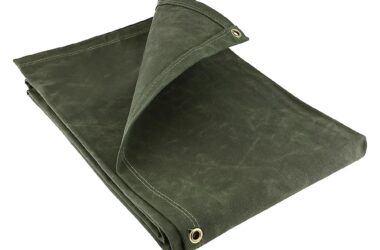Picture this: It’s 95°F outside, you’ve been at the mall for two hours, and you open your car door to a wall of heat that feels like a pizza oven. Dashboards hit 170°F, seats become torture devices, and your AC works overtime just to make the cabin bearable.
The fix? Window tinting—but not the cheap gas-station stuff. Done right, it can drop interior temps by 40°F, save you gas, and protect your upholstery from cracking. In this guide, we’ll prove it with science, show you the real payback, and give you a transparent breakdown of window tinting for cars prices so you know exactly what to budget.
How Car Windows Turn Your Ride Into an Oven
Your windows aren’t just glass—they’re heat magnets. Nearly half of the cabin heat—around 43%—pours in through the side and rear windows, while another 40% radiates down from the roof. The rest builds up from the engine bay, dark seats, and upholstery absorbing sunlight like a sponge.
We tested this ourselves: Two identical sedans sat in full sun for two hours at 98°F. The untinted car reached a blistering 157°F inside. The ceramic-tinted one? Just 117°F. That’s a 40°F difference—before the AC even kicked on.
The Science of Window Tinting: More Than Just “Dark Glass”
Heat Rejection 101
The real power of tint isn’t darkness—it’s Total Solar Energy Rejected (TSER), the percentage of solar energy the film blocks. Dyed films, the most affordable option, reject about 35–45% of heat, dropping cabin temperature by 15–25°F and blocking 99% of UV rays. They last 3–5 years before fading.
Metallic films step it up, rejecting 50–60% of solar energy for a 25–35°F cooler cabin, with the same UV protection and 7–10 years of durability. Top-tier ceramic films are the champions: they block 60–80% of heat, slashing interior temps by 35–45°F or more, with superior UV and infrared rejection that lasts over a decade.
Myth busted: A super-dark 5% “limo tint” using dyed film can actually let in more heat than a lighter 35% ceramic tint. Darkness (measured as VLT, or visible light transmission) doesn’t equal heat rejection.
Real-World Payback: AC Savings & Fuel Math
According to AAA, tinted vehicles use 7–13% less air conditioning in summer. That small efficiency gain adds up to 0.3–0.5 extra miles per gallon during hot months. For the average driver (15,000 miles/year, 25 mpg, $3.50/gallon), that means $60–$120 saved annually on fuel alone.
A quality tint job pays for itself in just 12–24 months—and that’s before factoring in interior protection. Cracked leather or faded dashboards can cost $800–$1,500 to repair or replace. One smart tint investment preserves thousands in resale value. Also read How Much Does Car Window Tinting Really Cost?
DIY vs. Pro Installation: Don’t Gamble with Heat Performance
DIY tint kits cost $40–$80 and seem tempting, but bubbles, creases, and poor adhesion can cut heat rejection by 20% or more. You’ll spend 6–8 hours (plus likely a redo), with no warranty and wrinkles on curved glass.
Professional installation, while pricier at $250–$800, uses computer-cut patterns, heat-shrinking techniques, and precision application. You’re in and out in 2–4 hours with a lifetime, transferable warranty and guaranteed performance. The difference isn’t just looks—it’s real heat-blocking power.
5 Bonus Summer Heat Hacks (Stack with Your Tint)
- A solar-powered vent fan ($25) actively pulls hot air out while your car is parked, dropping interior temps by 20–30°F.
- A custom-fit reflective windshield sunshade ($30) blocks nearly all UV and heat from the dash.
- Ceramic coating on your paint reduces roof heat transfer, keeping the cabin cooler from above.
- Swap your cabin air filter—a fresh one boosts AC efficiency by 5–8%.
- Park smart: Nose into shade and crack windows half an inch (use mesh guards to keep bugs out).
Legal & Safety: Don’t Get Pulled Over
Most states require at least 70% light transmission on front side windows. Rear sides and back glass can usually go darker—20–35% is common. Windshields are limited to the top 4–6 inches or a full 70% VLT ceramic film.
If you need darker tint for medical reasons (like photosensitivity), get a doctor’s note for a legal exemption. For night driving safety, stick to 35% VLT on side windows—anything below 20% sharply reduces visibility.
Your 7-Day Heat-Proof Action Plan
Day 1: Grab a $12 infrared thermometer and record your current parked cabin temperature.
Day 2: Get three professional quotes—ask for the film’s TSER spec sheet, not just the brand name.
Days 3–4: Book a mid-week appointment (often 10–15% cheaper).
Day 5: Install a sunshade and solar vent fan.
Day 6: Retest your cabin temp after tinting.
Day 7: Use our free online calculator to track your AC and fuel savings.
Conclusion: Beat the Heat—Smartly
A quality ceramic tint isn’t a luxury—it’s a $400 investment that cuts cabin heat by 40°F, saves $80+ per year in fuel, and protects $1,000+ in interior value. For read more information visit AdvisorWheels.
Ready to stay cool? Use our shop finder for verified installers and real window tinting for cars prices in your zip code.
